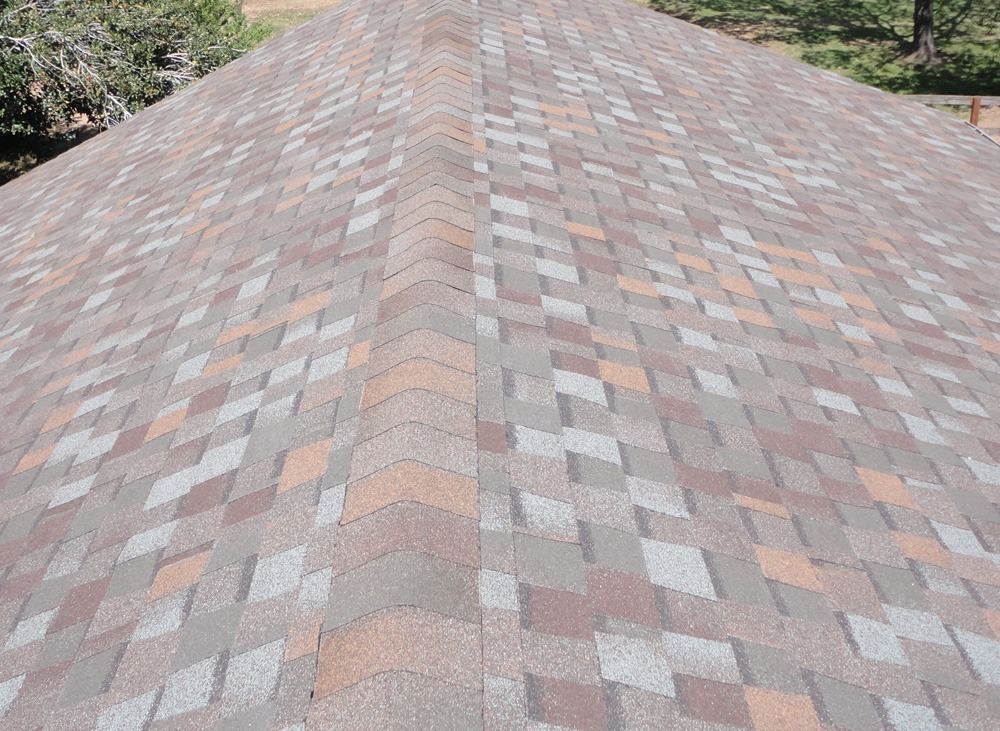While having a roof installed, it is important to learn some facts about the material that will be used in order to wisely discern which will be best suited for particular home requirements as poor-quality material could lead to future problems and more cost for an untimely replacement. Following is important information about Masonite products, ways to check for deterioration, and helpful tips about replacement of a roof.
Masonite Overview
In the 1990’s, Masonite began to be used for roofs across the United States and some areas of Canada. This fiberboard product resembles natural cedar and its shingles come in 12-inch by 4-foot sections with a nominal thickness of 7/16 inches. This varies because of the raised ridges that provides its wood shake appearance; they are intended for steeply sloped structures not lower than 4 inches of rise in 12 inches of run. Installation is to be done over a roof deck with a 9-inch shingle exposure.
When Masonite was first introduced, its life expectancy was 30 to 50 years. As of October 2010, there was no remaining service warranty for this product. In fact, durability issues gave rise to a class action lawsuit; claim settlement expired on January 6, 2009.
Signs of Deterioration
Following are some common areas where defects and other signs of deterioration can be found.
Shingles – Buckling on a shingle panel can be caused by improper use or installation of aluminum flashing on butt joints; swollen shingles are usually soft and easily crumble. Do not walk on the surface for inspection as further damage could result to these already fragile pieces. For thick swelling on the surface, the Masonite is at the end of its life and needs to be replaced.
- Edges – Weather exposure and water can cause deterioration on cut edges, valleys, rake edges, and other roofing penetrations.
- Under Trees – Surface areas under overhanging trees and debris can grow moss or lichen which can cause deterioration. Shade increases moisture absorption causing de-lamination.
Replacement
When a shingle needs to be replaced, the damaged piece can be removed and replaced with another slate of similar thickness, weight and color. Slate hooks can be used to not disturb other surrounding material. Only high-quality laminated products should be used for replacement; slate, wood or cement tiles may not be appropriate. Slate and cement tiles are not a likely choice because of their weight, appearance and structure issues; wood may look similar but local fire code issues, maintenance costs, and other obstacles such as having a solid plywood decking or system ventilation problems could pertain here.
Conclusion
Quality and durability should be the top priority for any roofing project; unfortunately, using Masonite could cause early failure issues. When deciding on material for a new or replacement roof, contact the nearest roofing contractor for expert advice about when to use Masonite for today’s roofing needs!
Contact Schulte Roofing – Your Brenham Roof “Go To” Experts!
Are you looking for a Brenham roof company to provide you with information about Masonite shingles? Call Schulte Roofing at 800-367-7663 to tell you and all Brenham area customers what you need to know about this material!

